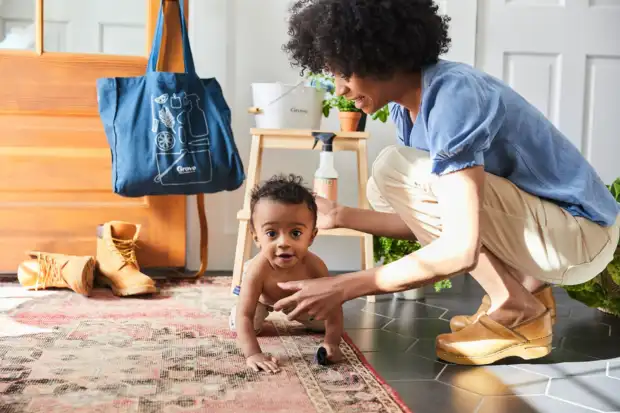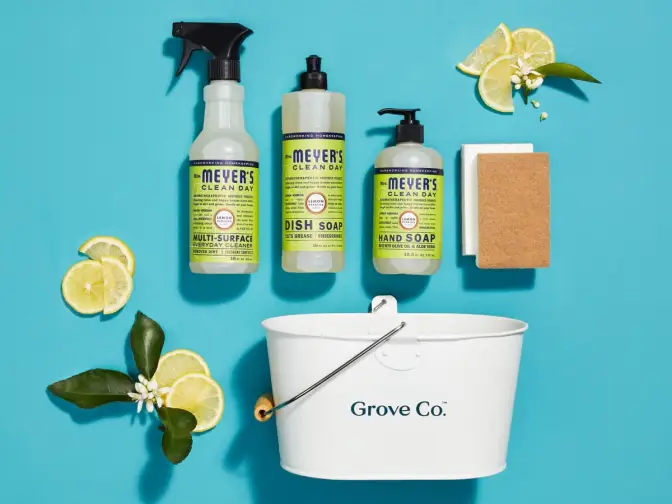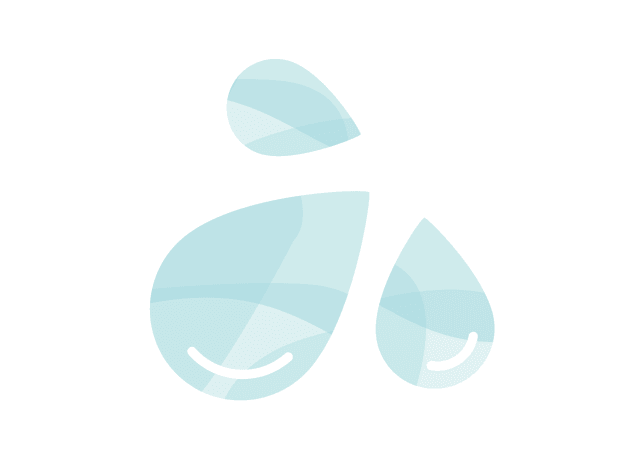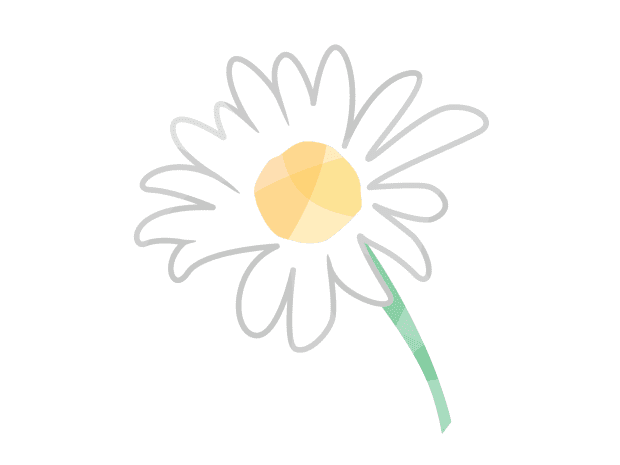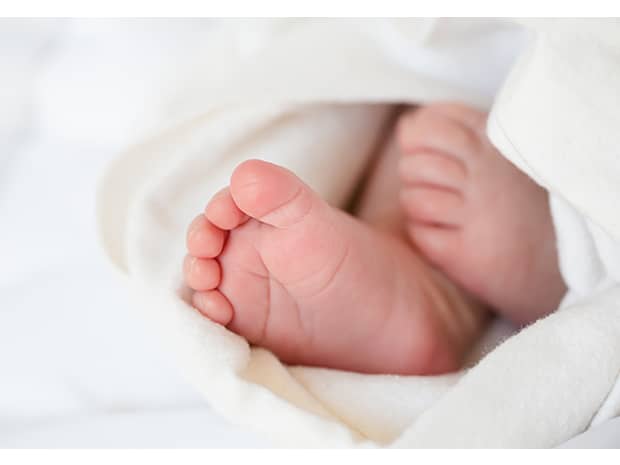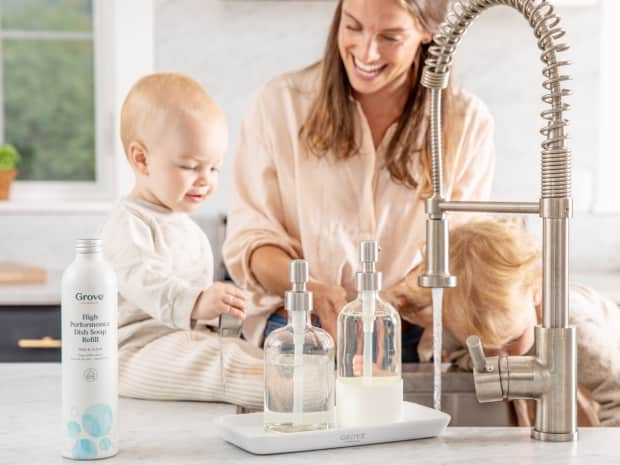1. They’re better for Baby’s skin
Cloth diapers are free from the harsh chemicals — like chlorine and artificial fragrances — found in disposable diapers that can irritate and dry out your baby’s tender skin. Cloth varieties promote airflow around your baby's booty, resulting in less diaper rash.

